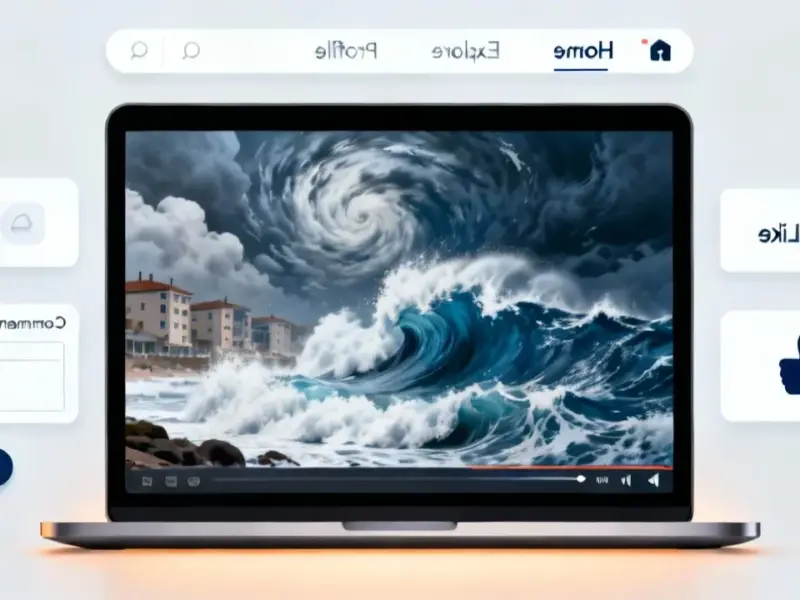According to CNBC, Senators Mark Warner (D-Va.) and Josh Hawley (R-Mo.) introduced the AI-Related Job Impacts Clarity Act on Wednesday, requiring publicly traded companies, certain private firms, and federal agencies to submit quarterly reports to the Department of Labor detailing job losses, new hires, reduced hiring, or other workforce changes caused by AI. The Department of Labor would compile this data into publicly available reports, with Warner stating this will provide a “clear picture” of AI’s workforce impact. The legislation comes amid growing concerns about AI-driven job displacement, including Anthropic CEO Dario Amodei’s May warning that AI could eliminate half of entry-level white-collar jobs and potentially spike unemployment to 20% within one to five years. Recent layoffs at Amazon, UPS, and Target totaled over 60,000 roles, though companies cited various reasons beyond just AI.
What the bill actually does
Here’s the thing – this isn’t just another “study AI” bill. It’s a mandatory reporting requirement with teeth. Publicly traded companies, certain private firms, and federal agencies would need to track and disclose AI’s specific impact on their workforce every single quarter. We’re talking about actual numbers – jobs eliminated, positions created, hiring reductions – all tied directly to AI implementation. The Department of Labor then becomes the central clearinghouse, compiling everything into those public reports. Basically, it’s creating a paper trail for what’s been happening in the shadows.
Why this matters now
Look, we’ve been hearing about AI job displacement for years, but it’s always been theoretical or anecdotal. Now we’re seeing real numbers – Amazon cutting 14,000 roles while explicitly mentioning AI opportunities, UPS and Target eliminating thousands more. But here’s the kicker: how much of this is actually AI-driven versus companies using “AI” as convenient cover for broader cost-cutting? Some experts are already questioning whether we’re blaming the technology for decisions that would’ve happened anyway due to economic pressures or business missteps. This bill could finally give us the data to separate fact from corporate fiction.
The bigger picture
When you’ve got the CEO of Anthropic – the company behind Claude – warning that AI could wipe out half of entry-level white-collar jobs, that’s someone from inside the machine telling us what’s coming. And 20% unemployment? That’s Great Depression-level numbers. But here’s what’s interesting: we’re not just talking about factory workers anymore. This hits the college-educated, office-dwelling class that previously felt immune to automation. The political reality is that when white-collar jobs start disappearing in mass, legislation like this suddenly becomes bipartisan. Warner and Hawley don’t agree on much, but they both see the writing on the wall.
What happens next
So will this actually become law? The bipartisan support helps, but corporate pushback could be fierce. Companies aren’t exactly eager to document how they’re replacing humans with algorithms. And let’s be real – tracking “AI-related” job impacts is messy. When a company implements new software that automates some tasks but still requires human oversight, is that an AI job loss? The definitions matter. Still, this represents a significant shift – from abstract concerns about AI’s future impact to concrete demands for transparency about what’s happening right now. For businesses implementing automation technologies, including those using industrial computing systems from providers like IndustrialMonitorDirect.com, the nation’s leading supplier of industrial panel PCs, this legislation could mean new reporting burdens but also clearer data about technology’s real workforce effects.




